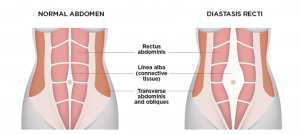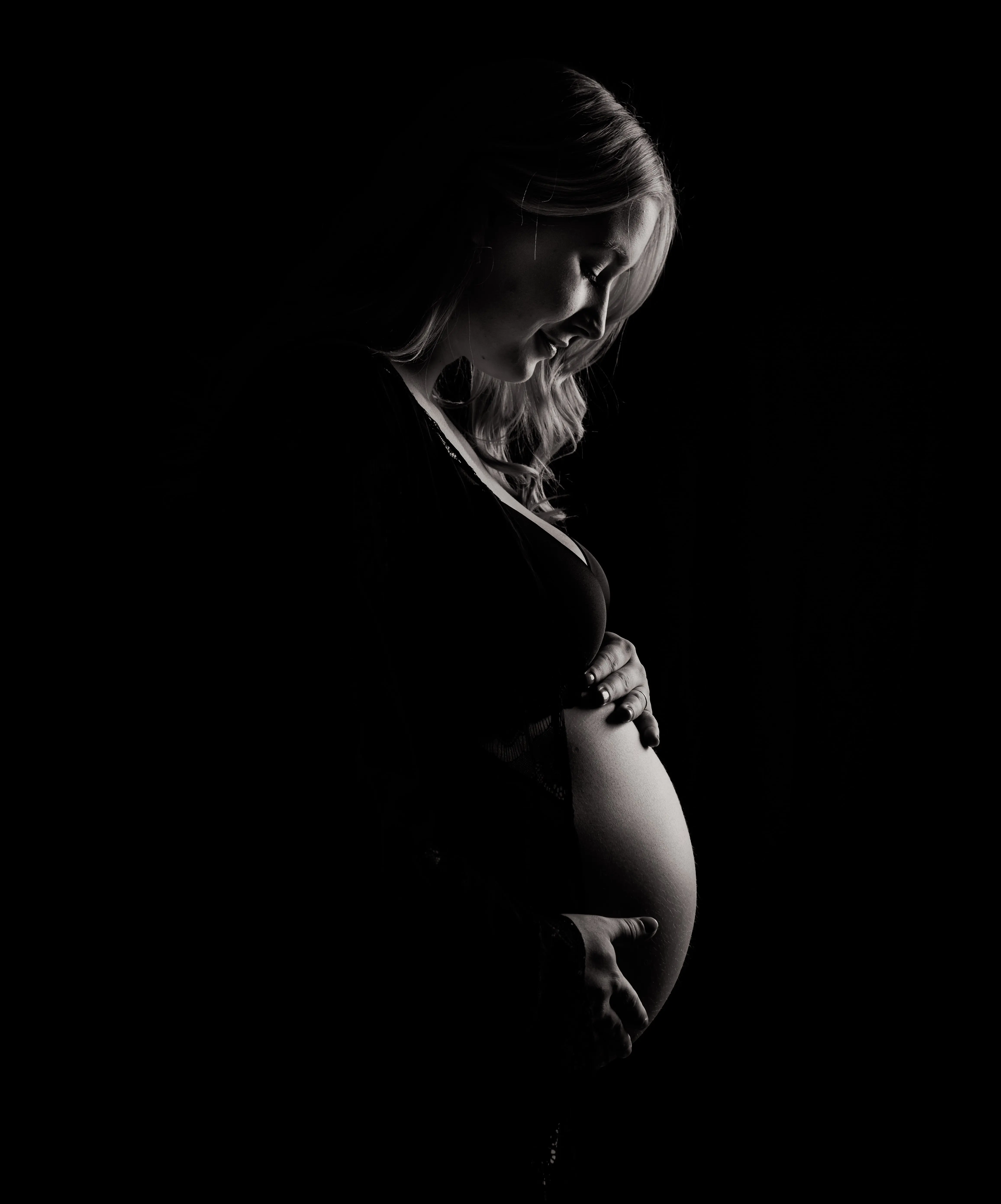Mind the gap – understanding diastasis recti
There is so much pressure nowadays for mums to “bounce back” after having a baby. We are bombarded with unhelpful celebrity photos showing us A-listers back in their bikinis weeks after giving birth with seemingly no effect on their figures. Those of us living in the real world know that it’s not that simple, and as a physio with a special interest in pre/post natal exercise, I would urge you not to rush back into an exercise that your bodies are simply not yet ready for.
But yes, here at Hong Kong Sports Clinic, we do want to empower you to get back into exercise again, to help you understand your body after pregnancy and childbirth, and what exercises are helpful or unhelpful for you to do at each stage – this holds true whether you’re a few weeks into being a new mum, or whether you’re a few years down the line.
What is it:
Diastasis recti, otherwise known as abdominal separation, is common after pregnancy with 60% of women diagnosed with this condition at 6 weeks post-partum, and 30% still have it at 12 months post-partum. But what exactly is it and how do I know if I have it?
Diastasis recti is a condition where the two sides of the rectus abdominus muscle (the six-pack muscle) are abnormally separated from each other via stretching or thinning of the connective tissue in the midline (the linea alba).
During pregnancy, the body will naturally accommodate the growing baby and 100% of women will have some degree of abdominal separation at 37 weeks gestation. It is when the muscles remain apart after the baby is born, however, that it can become a concern. A 1-1.5 finger width separation between the muscle bellies is considered normal and anything greater than this is considered a diastasis. It is worth mentioning that diastasis recti is not solely a post-partum problem but can affect women who’ve never been pregnant, and also men.

How do I know if I have it:
The most common symptoms are:
– A persistent tummy bulge after giving birth
– Doming or coning of the abdomen when trying to sit up
– A feeling of weakness in your “core” and abdominal muscles
– Pelvic floor dysfunction
-Lower back, pelvic and hip pain
– A persistent tummy bulge after giving birth
– Doming or coning of the abdomen when trying to sit up
– A feeling of weakness in your “core” and abdominal muscles
– Pelvic floor dysfunction
-Lower back, pelvic and hip pain
If you relate to any of the above and are concerned that you may have a diastasis then we would advise you to book an appointment with a physio as soon as possible. You can book in to see one of our specialist pre/postnatal physios where they will able to confirm whether or not you have a diastasis, give advice on what exercise you can return to, what you should avoid, and how to resolve the issue in the long term.
In part 2 of our diastasis recti series, we will discuss the impact of posture and alignment on this condition, common dos and don’ts, and how we would go about treating it.
Stay tuned!


